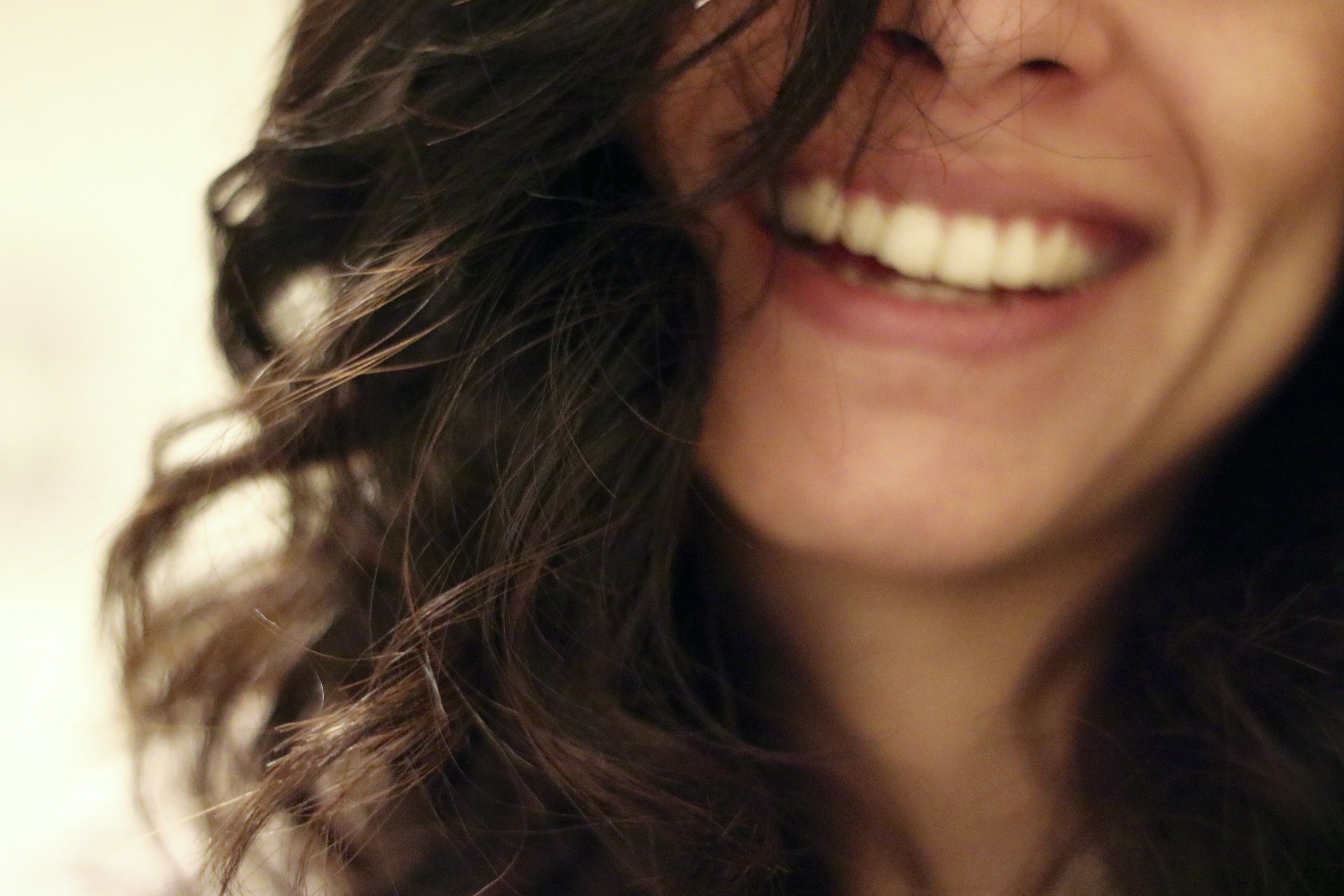
13 Oct Chomp on this: Natural toothpaste vs the conventional stuff
Forget cavities for a second; apparently, dental health is directly linked to heart and bone health. Seems caring for that toothy grin is more significant than avoiding a trip to the dreaded dentist.
But with the huge number of products out there promising perfect smiles, along with all sorts of conflicting information on the good, the bad, and the necessary, it can be quite challenging working out what’s truly best for your and your family’s health.
We’ve done some reading on the subject and found a few interesting things for you to consider, which we hope will be helpful in your plight for healthy, pearly whites.
First, a little history
Dental care has been around since 3000 BC. Throughout the ages, twigs, leaves and cloth were employed as toothbrushes; and chalk, burnt bread, and concoctions made from salt, flowers, mint and pepper were used as early versions of toothpaste.
As for the toothpaste we know, fluoride was added back in 1914 and fluoride-free herbal alternatives became available as early as 1975. In 1987 edible toothpaste was invented, not with the needs of children in mind, but for astronauts brushing their teeth and spitting into zero gravity.
The Ingredient debate
It seems fluoride and the health benefits thereof have long been in question. With the existence of the internet, it’s easy to gather plenty of information on the subject… too much, in fact. It can be overwhelming.
In an attempt to simplify the matter, we put together a short list of things we found out about fluoride and about sodium laurel sulphate, which we felt were worth taking note of.
Here’s the rub on fluoride:
Fluoride isn’t actually an essential nutrient; no disease or dental decay has been caused by a deficiency in fluoride. Here are some other fluoride factors you may want to consider before rubbing it all over your chompers.
- It has been linked to reduced IQ in children.
- May interfere with biological processes and biochemistry
- It accumulates in the body
- It can affect thyroid function and cause arthritic symptoms
And in contrast to this information, it is said by some who practice alternative healing that fluoride is needed in tiny amounts for baby teeth. You’ll have to decide.
Don’t forget the Sodium Laurel (and Laureth) Sulphate:
This now commonplace additive is in so many products we’re have become used to its presence. But here’s what you might not know about this synthetic ingredient.
- it compromises cells, making them vulnerable to other chemicals
- it is a known skin irritant
- it also pollutes our groundwater and is toxic to aquatic life
- it emits toxic fumes if heated (hot shower, anyone – it’s probably in your shampoo)
- and to boot it has corrosive properties
So what are your tooth caring natural alternatives?
Those who choose this way of life enjoy a few methods to keep their teeth clean. Give these a try if you’re looking to take the natural path.
1. Toothpaste with no nasties in the ingredient list
These days there are many lovely products to choose from. We suggest trying each one until you find the one you like. Alos, give yourself time to adjust to the different feel in your mouth as you brush.
2. Activated charcoal to naturally whiten teeth
Brush your teeth with charcoal for 3–5 minutes daily or weekly, rinse carefully so as not to get it on your clothes, and then brush as normal. The charcoal binds to toxins and plaque and leaves your teeth cleaner and – over time – whiter.
3. Oil pulling to improve dental and overall health.
Swish a tablespoonful of coconut or sesame oil in your mouth for 10–20 minutes on an empty stomach to draw out toxins and remove bacteria. Spit into the bin when you’re done, and then brush your teeth as normal.
Whether or not you choose the natural way, remember to be extra picky when cleaning your teeth, flossing carefully and giving special attention to each tooth when brushing. According to some, dental fussiness might be more important than the toothpaste or dental care method you choose.
Are you going to eat that? Some additional tips for tooth health
1.You think sugar’s bad, try starch
Potato starch, in particular, is pretty bad for your teeth. It tends to fill the gaps between your teeth and stay put. And the longer food lingers in your mouth, the more it feeds an acid-producing bacteria, the real cause of tooth decay. Perhaps an after-lunch tooth brushing or flossing wouldn’t go amiss?
2. For healthy teeth from the inside out
To keep your oral health tops from the inside, eat fibrous fruits and vegetables, and foods rich in anthocyanins (cranberries, blueberries, red cabbage) to increase saliva and help keep plaque at bay. Also think about munching on crunchy raw vegetables to ‘scrub’ your teeth and get the blood flow going in your gums.
3. At tea time, sip on green, oolong, or white tea
All these teas contain antioxidant polyphenols, known to reduce bacteria in the mouth. But be aware; your fluoride intake may increase through the water you use to brew your tea.
4. Support your efforts with quality supplements
This small lifestyle addition increases your chance of dental health. The ones to consider are
- omega 3
- iron
- vitamin C
- calcium
- vitamin D
- probiotics
Take a look at all our natural oral health care options.
What are your thoughts on the subject of what’s good and what’s not? Start the conversation in the comments below, or tell us your time-tested toothy tips you think we should try. We can’t wait to hear from you 🙂



No Comments